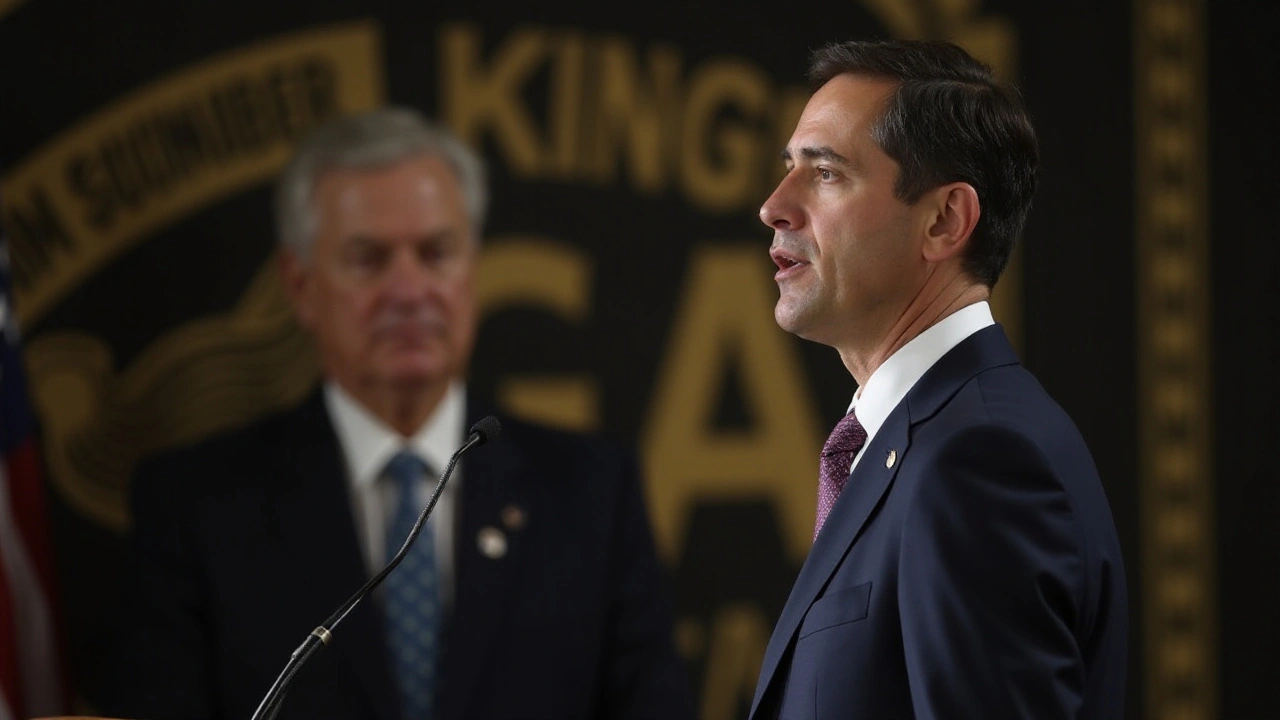Understanding Economic Relief and Its Impact
When times get tough, whether due to a crisis or economic slowdown, economic relief steps in as a lifeline to help individuals, businesses, and communities stay afloat. So, what exactly is economic relief? Simply put, it’s financial support aimed at easing hardship caused by job losses, disasters, or other disruptions.
Governments often roll out economic relief packages, which might include direct cash payments, unemployment benefits, or assistance to small businesses. These measures help people pay bills, keep the lights on, and avoid falling into debt during unstable periods. For example, during natural disasters or economic recessions, relief programs try to keep the economy moving and prevent long-lasting damage.
Who Benefits From Economic Relief?
Economic relief is designed for many — from individuals struggling with reduced income to local businesses facing lower sales. When a region experiences a flood or a pandemic, for instance, economic relief can help families cover essentials like food and rent while providing loans or grants to businesses to keep workers employed.
This support doesn’t just help people survive tough times; it also boosts the local economy. When families have money to spend, and businesses stay open, the community experiences less disruption and can recover more quickly. Without this aid, many people might fall into poverty, and businesses could shut down permanently, making recovery even harder.
How Does Economic Relief Work in Practice?
The process varies depending on the type of relief and where it’s offered. Some programs provide direct payments, while others offer loans with low or no interest. Governments usually work with local organizations to ensure aid reaches those who need it most. The key is speed and accessibility — relief is most effective when it arrives quickly and with minimal hassle.
Understanding the details behind economic relief programs can help you know where to find help or how to support community efforts. Keep an eye on announcements from trusted sources so you don’t miss opportunities during tough times. In the end, economic relief is about keeping everyone connected and resilient when challenges hit close to home.

The South African Reserve Bank (SARB) has enacted a 0.25% interest rate cut, marking a third consecutive reduction. This decision, driven by the Monetary Policy Committee, reflects efforts to ease financial stress on South African citizens. Despite varied opinions within the committee, the rate was adjusted to 7.5%, balancing near-term stable inflation with mid-term uncertainties. The move is part of broader strategies to foster economic growth amid global and domestic challenges.
Read More